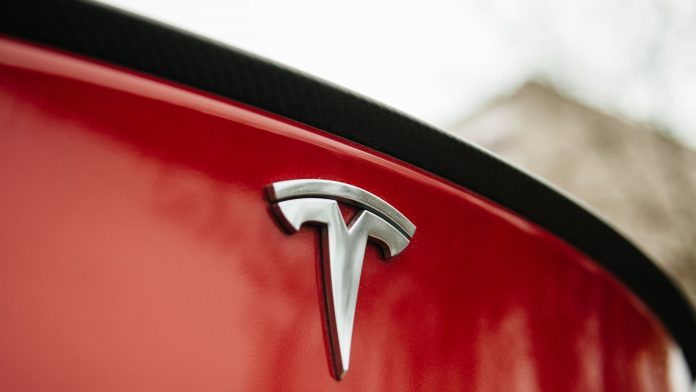Tesla has launched lightly refreshed versions of its Model S and Model X, increasing prices by $5,000 across all trims despite only minor feature updates. The updated vehicles are now available on Tesla’s website, with base prices starting at $84,990 for the Model S Long Range and $89,990 for the Model X Long Range.
The new changes include a Frost Blue paint option, redesigned wheels with slightly improved aerodynamics, enhanced cabin noise reduction, and a new front bumper camera designed to assist with road condition detection.
Other additions include dynamic ambient lighting animations, updated suspension bushings, adaptive driving beams, and subtle styling tweaks, like a matte front logo and rear diffuser updates on the Plaid Model S.
The Model S now advertises a maximum range of 410 miles with the new 19″ Magnetite wheels, just five miles more than the previous configuration. Optional 21″ Velarium wheels reduce the range to 380 miles, two miles less than before. The Model X gains similar aesthetic and functional updates, along with unspecified enhancements to third-row space and cargo capacity.
Despite Tesla’s claims, they have not provided any performance metrics or technical specifications to support their assertions of improved ride comfort and acoustic refinement. The updated Model S Plaid features minor aerodynamic improvements aimed at boosting high-speed stability, while the Model X carries forward most changes without significant enhancements.
The refresh appears underwhelming to many observers. Tesla has not introduced major innovations like steer-by-wire or 48-volt architecture, which debuted in the Cybertruck. Instead, the update appears to target brand loyalists who are willing to pay more for incremental changes.
Tesla previously aimed to sell 100,000 Model S and X units annually, but global deliveries dropped below 50,000 in 2024. In Q1 2025, just 12,881 deliveries were reported for Tesla’s “other models” category, which includes the S, X, Cybertruck, and Semi combined. With Model S and X sales declining to an annualized rate of roughly 32,000 units, the price increase, without substantial upgrades, may not help reverse the downward trend.




